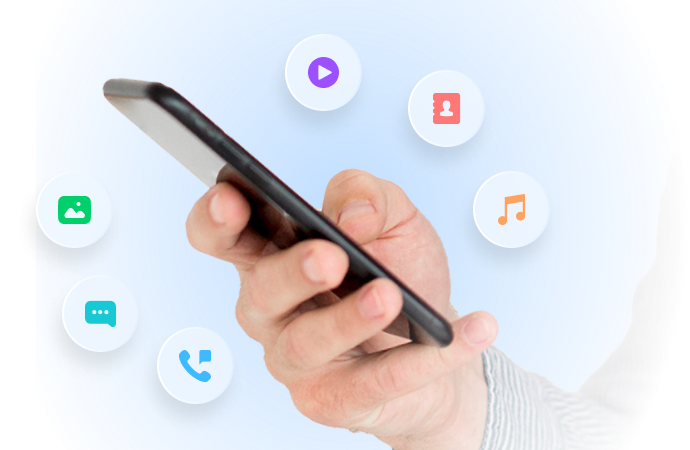
Mastering Your Android Device: A Comprehensive Guide on How to Find Installed Apps
Oct 24, 2025 • Filed to: Device Data Management • Proven solutions
Dr.Fone Basic:
Better Control for Your Phone
Manage, transfer, back up, restore, and mirror your device
With countless apps available for Android, keeping track of installed ones can be challenging. Knowing how to locate them helps manage storage, troubleshoot issues, and recall downloads with ease.

This guide explores various ways to access, search, filter, and organize installed apps on your Android device. Learn how to find hidden apps, sort by usage or size, search by keyword, and use third-party tools to manage your app library efficiently.
Part I: How To Find Installed Apps On Android Phone Using Play Store

How to check installed apps in android is easy using the Google Play Store app. Here's how to view your full list of installed apps:
Step 1: First, tap the Play Store icon to open the app. At the top right corner, tap your profile icon (your initial or profile picture). This will open your account menu.
Step 2: Look for either "My Apps & Games" or "Manage Apps & Devices" and tap it. On newer Play Store versions it may say "Manage".
Step 3: This will take you to your app management screen. Here, look for the tab that says "Installed" and tap it. This shows all apps you currently have downloaded onto your device.
If the steps look a bit different depending on your Play Store version, try this: Open the Play Store app and drag the left side menu out. Tap "My Apps & Games" from this side menu. Then tap the "Installed" tab at the top. Or try this: Open the Play Store and tap your profile icon. Tap "Manage Apps & Devices" then tap the "Manage" tab. Here you'll see the option to view "Installed" apps.
To locate all installed apps recorded by Google Play, navigate to your account menu, access the app management section, and select the Installed tab. This will display a complete list of apps currently on your device, making it easier to manage, update, or troubleshoot them.
Part II: How To Find Installed Apps On Android Phone Using Settings
Looking for a quick way to view all installed apps on your Android device? The easiest solution is to navigate through your Settings. This method provides a comprehensive list of apps, allowing you to manage storage, adjust permissions, or troubleshoot issues.

Let's walk through how to see all installed apps on android in these simple steps:
Step 1: First, open your Settings app. This is the icon that looks like a gear.
Step 2: Scroll and browse the various sections until you find "Apps". On some phones this may be labeled "Application Manager", "App Info", or something similar. If you're not sure where it is, try searching for it using the Settings search bar.
Step 3: Once you've entered the Apps or Application Manager section, look for the option that says "See All Apps" or "See All X Apps" where X is the number of apps installed. Tap this.
Step 4: This will open your full list of installed apps, excluding system apps.
Step 5: To view those too, tap the 3-dot menu in the top right and enable "Show System".
Now, you have full visibility into every app on your device, including hidden or disabled ones. For manually installed apps, you can fine-tune settings such as notifications, permissions, storage usage, and default actions. Pre-installed apps usually can't be uninstalled, only disabled if the option is available. This prevents you from accidentally removing key system processes.
The Settings app provides a simple way to manage your apps, but for advanced organization and cleanup, a dedicated app manager from the Play Store is a great option. Using the Settings method, you can quickly access tools to optimize your app library and storage with just a few taps.
Part III: How To Find Installed Apps On Android Phone Using the PC
ADB, or Android Debug Bridge, lets you communicate with your Android device from a computer. It uses command line tools like Command Prompt or Terminal. Developers often use ADB for advanced functions like installing or removing apps.

You can use ADB and a USB cable to get a list of installed apps on your Android phone right on your PC. Then copy, save, or analyze the list as needed.
Step 1: First, install ADB on your computer. On Windows, use the 15 Second ADB Installer for a quick setup. For Mac or Linux, follow our guide on installing ADB.
Step 2: Next, connect your Android phone to your PC with a USB cable. You'll need to enable USB Debugging in your phone's Developer Options. Enable Developer Options first if you haven't already.
Step 3: With your phone connected, open Command Prompt or Terminal and type "adb devices". This checks the connection. You should see your device name or number listed with "device" next to it. If you don't, try troubleshooting your ADB setup. A working ADB connection is required for the next steps.
Step 4: Once connected, type "adb shell pm list packages" and press Enter. This will display all installed app packages on your Android phone right in the command line tool.
With just a few ADB commands, you can access your full Android app list right on your PC. ADB provides powerful management of your device.
Part IV: Bonus–How To Use Dr.Fone To Recover Lost Or Deleted Apps
Losing apps on your Android device can be frustrating. Whether they get accidentally deleted or you reset your phone, valuable apps and their data are gone. Luckily, Wondershare Dr.Fone makes it easy to back up your Android apps and restore them later if needed.

Dr.Fone - Phone Backup (Android)
Recover and Restore Deleted Android Data
- Selectively backup Android data to the computer with one click.
- Preview and restore the backup to any Android device.
- Supports 8000+ Android devices.
- There is no data lost during backup, export, or restoration.
Back Up Apps on Android
To back up your Android apps with Dr.Fone, first launch Dr.Fone on your computer and connect your Android device via USB.
Step 1: In Dr.Fone, click "Backup" then "Backup Now". This will start the backup process.
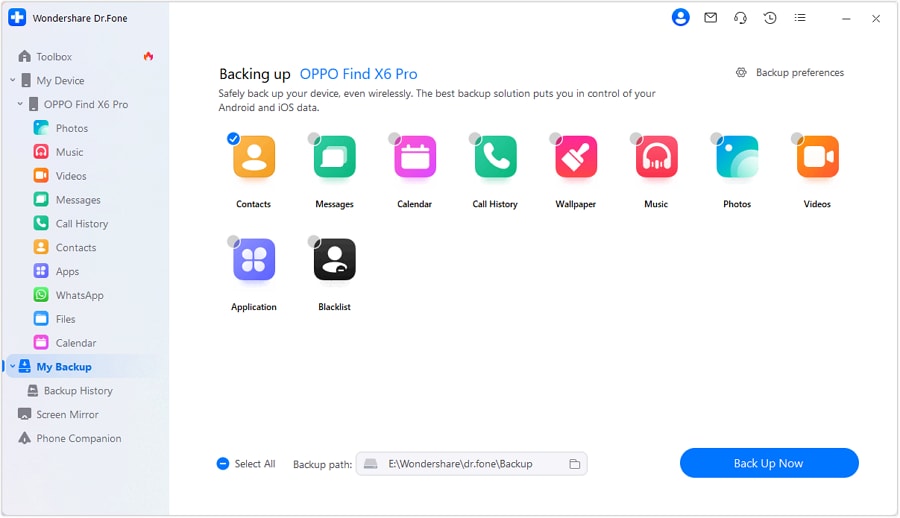
Step 2: Before continuing, you'll need to set the Dr.Fone Image name app as your default SMS app.
Step 3: Open Image name on your Android and set it as default in Settings. This allows Dr.Fone to back up your text messages. Click OK in Dr.Fone when done.
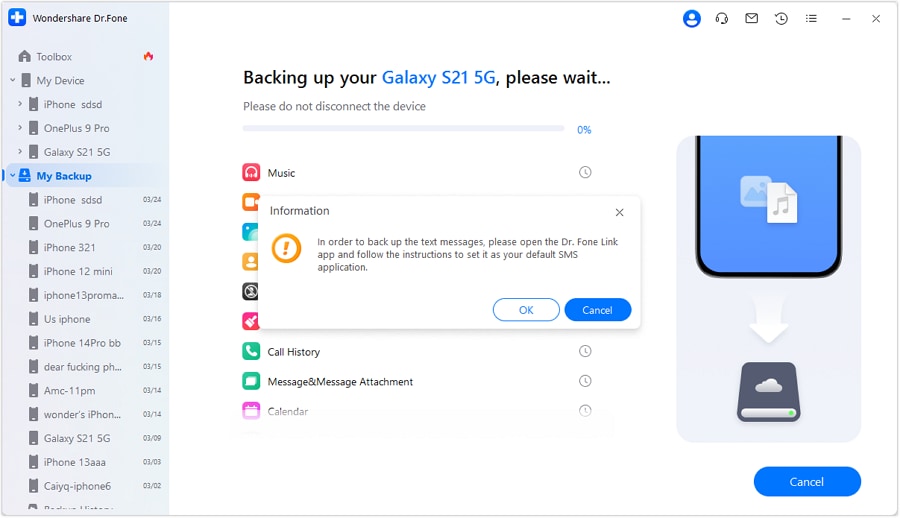
Step 4: Now Dr.Fone will back up your device data. Wait for the progress bar to reach 100%.
Step 5: Once complete, you'll need to set your original SMS app as default again. Follow the prompt in Dr.Fone when finished.

That's it! Your Android apps and data are now safely backed up by Dr.Fone on your computer. To view the backup, click "Open in Folder" or click "View Backups" to see all backups.
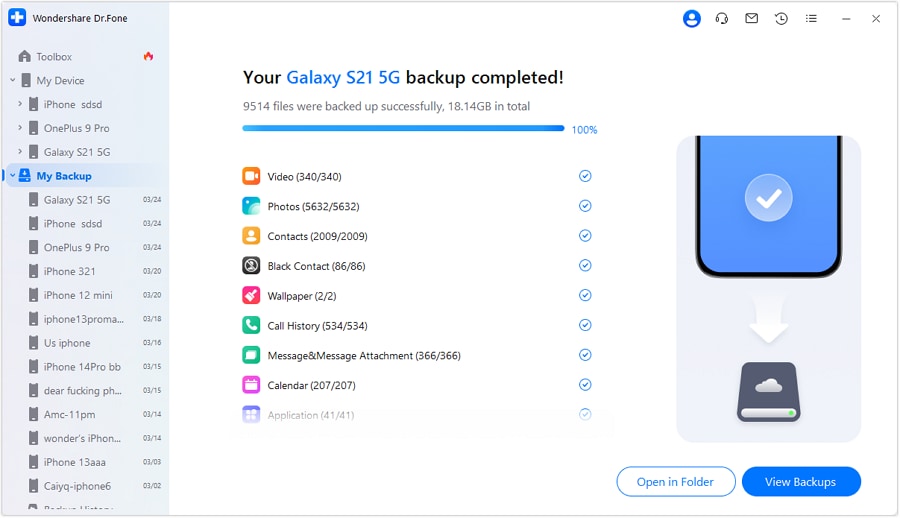
Restore Android Apps from Backup
To restore apps from your Dr.Fone Android backup:
Step 1: First, connect your Android device to your computer and launch Dr.Fone.
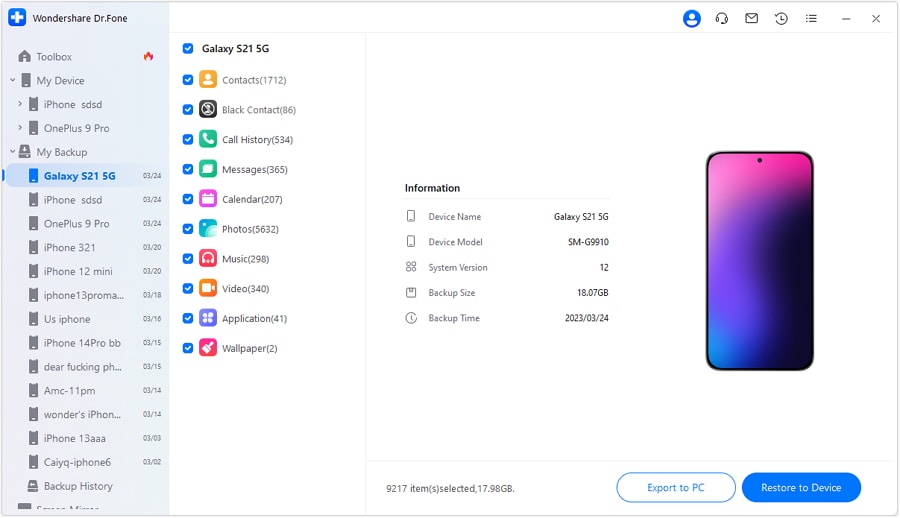
Step 2: Go to "Backup" then click your backup file. Review the contents then click "Restore to Device".
Step 3: On the next screen, check the file types that will be restored. Click Continue when ready.

Step 4: Dr.Fone will now restore your apps and data to your device. Wait for the progress bar to fully complete.
Step 5: Once finished, Dr.Fone will confirm the restoration is complete. Click Done and disconnect your device.
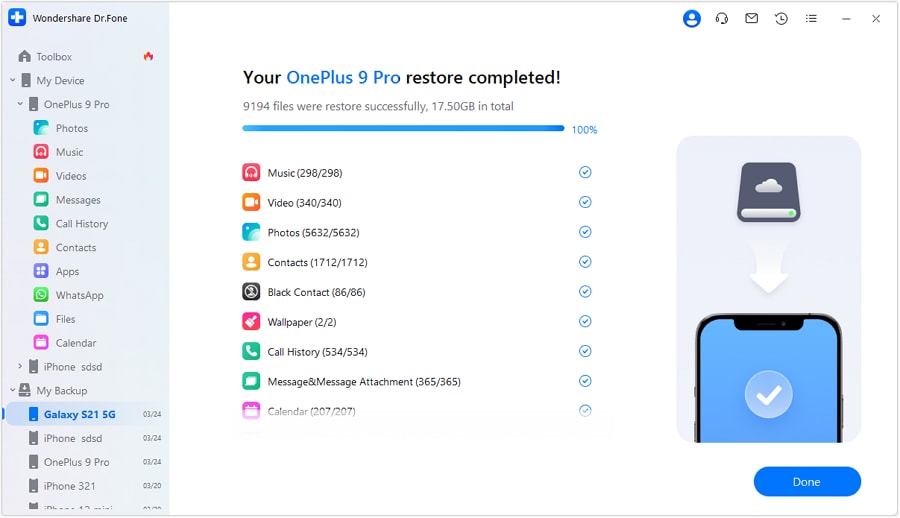
Your apps, messages, contacts, and other data are now restored to your Android! With Dr.Fone, you can easily back up your installed Android apps and restore them if ever needed. Never worry about losing your app data again.
Ditch the hassle of multiple apps and simplify your mobile experience with Dr.Fone App, the ultimate all-in-one solution for iOS and Android users. Unlock your device, change your GPS location, and transfer WhatsApp data with ease. Plus, recover lost data from Android devices and transfer files, photos, and music between devices with ease. Fix common system issues and get the most out of Dr.Fone App with our "Tips" section below.
Dr.Fone App (iOS) & Dr.Fone App (Android)
Your One-Stop Expert for Screen Unlock, Smart Clean, Data Recovery, Change Location, and Phone Management of Mobile Devices!
- Effortlessly unlock various locks on your device.
- Instantly free up storage space by smart clean.
- Rapidly recover different kinds of lost phone data and information.
- Easily changes GPS location on Android devices.
- Easily manage cluttered and private device content.
Conclusion
Keeping track of the apps installed on your Android device is key to managing your storage, troubleshooting issues, and customizing your experience. As we've covered, the Play Store provides an easy way to view and control your downloaded apps. The Settings menu offers additional optimization of app permissions, defaults, and storage usage.
For advanced users, ADB commands let you access and manage your full app library right from a computer. And tools like Dr.Fone enable backup and restoration of apps if you ever lose them.
With so many options to find, organize, and recover your installed apps, you can take control of your Android's app environment. Knowing where to look gives you the power to uninstall unused apps, stop hidden memory hogs, configure individual app settings, and ensure your favorite apps remain securely backed up. So learn how to find installed apps on android today and optimize your Android experience.
Dr.Fone Basic:
Better Control for Your Phone
Manage, transfer, back up, restore, and mirror your device
Android Apps
- Best Android Apps
- 1. Top 10 Android Restart Apps
- 2. Top 5 Find My iPhone Apps
- 3. Top 5 iTunes Remote for Android
- 4. 10 Android Virus Remover Apps
- 5. Top 10 Best Android Contacts Apps
- 6. International Texting App
- 7. 10 Adware Removal for Android
- 8. 5 Android Bluetooth Manager
- 9. Top 8 Android Contact Manager
- 10. Top 9 Android Desktop Managers
- 11. Best 7 Android Photo Manager
- 12. Android SMS Manager
- 13. 4 Android Startup Manager
- 14. 4 Android Storage Managers
- 15. 5 Best Android Window Managers
- 16. Top 5 Android PC Suites
- 17. Top 10 iTunes Alternatives
- Android Apps Manage
- 1. Manage Apps on Android
- 2. Install Apps from PC to Android
- 3. Find Installed Apps on Android
- 4. Android Photo Organizer Apps
- 5. 20 Best Ringtone Apps
- 6. Android App Download Websites
- 7. Installer apps to Android from PC
- 8. Manage All Apps on Android
- 9. Android App Market Alternativess
- 10. Best 10 Android Emulators
- 11. Read Old Facebook Messenger Message
- 12. Save Snapchats on Android
- 13. Change Viber number on Android
- 14. Stop WhatsApp auto-saving photos
- 15. Uninstall the YouTube on Xiaomi
- 16. Delete the YouTube from Android
- 17. File Manager And Alternatives
- 18. FX File Explorer And Alternatives
- 19. CX File Explorer
- 20. Merge Contacts on Android
- 21. Save Instagram Photos to Android
- Apps Review














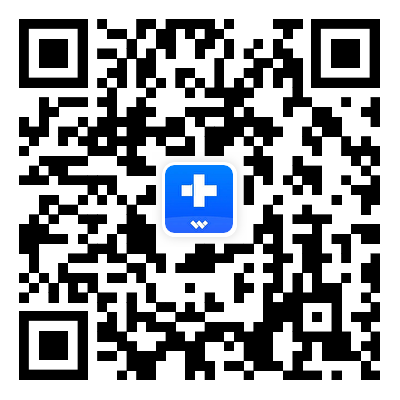




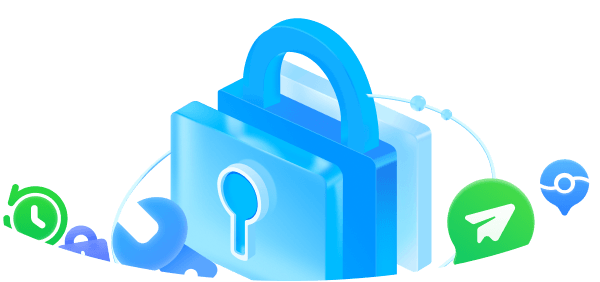
James Davis
staff Editor